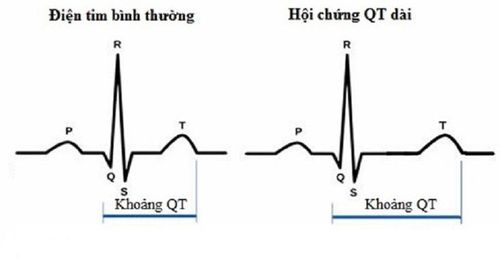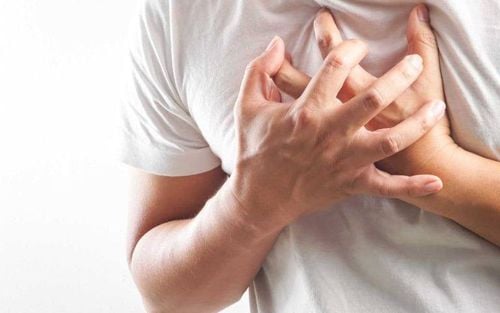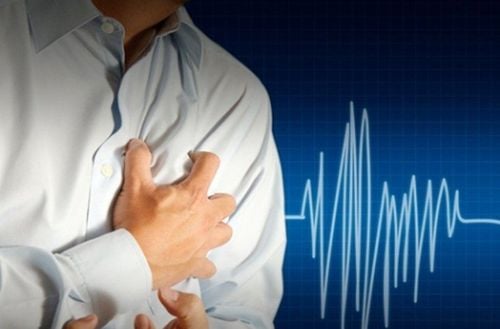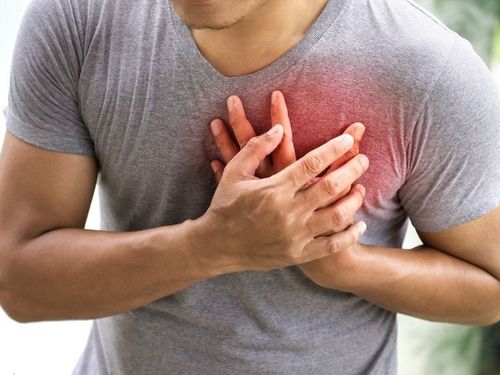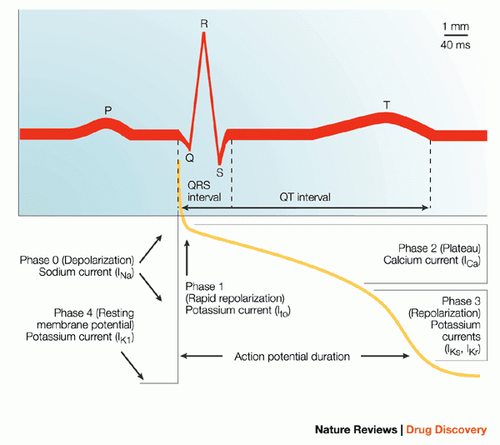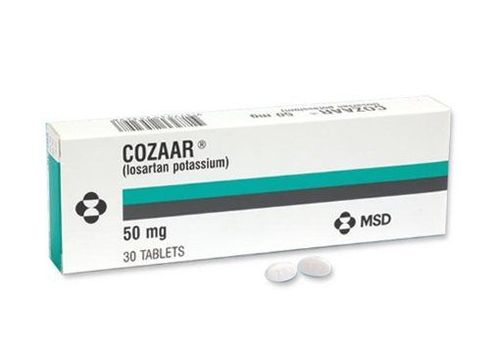This is an automatically translated article.
The article is professionally consulted by Master, Doctor La Thi Thuy - Interventional Cardiologist - Cardiovascular Center - Vinmec Central Park International General Hospital.The ventricles are the lower chambers of the heart. The human heart has 2 ventricles, the right ventricle receives blood from the right atrium and pumps it to the lungs through the pulmonary artery. The left ventricle receives blood from the left atrium and pumps it into the circulatory system through the aorta.
1. What is the ventricle?
The ventricles are one of the two lower chambers of the heart that receive and eject blood from the atria to the periphery and lungs. The ventricles include: the right ventricle and the left ventricle.2. Ventricular function
The left ventricle is one of the four chambers of the heart. It is located in the bottom left part of the heart and below the left atrium separated by the mitral valve. When the heart contracts, blood flows back into the left atrium, through the mitral valve, and into the left ventricle. From there, blood is pumped through the aortic valve into the aorta and to other parts of the body. The left ventricle is the thickest of the heart's chambers and is responsible for pumping oxygenated blood to the tissues of the entire body.
The right ventricle is the cavity inside the heart responsible for pumping deoxygenated blood to the lungs. The right ventricle is one of the four chambers of the heart. It is located in the lower right part of the heart, below the right atrium and adjacent to the left ventricle. As deoxygenated blood flows into the right atrium, it passes through the tricuspid valve and into the right ventricle, which then pumps the blood up through the pulmonary valve and pulmonary artery, eventually reaching the lungs.
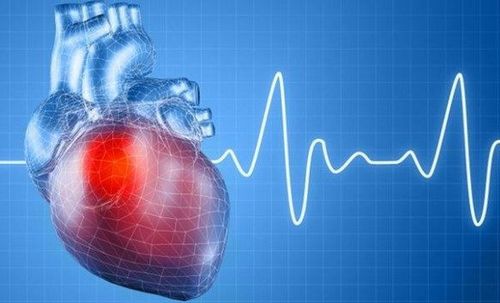
Tâm thất là một trong hai buồng dưới của tim thu nhận và đẩy máu từ tâm nhĩ ra ngoại vi và phổi
3. Common problems
3.1. Left ventricular hypertrophy Left ventricular hypertrophy is a fairly common disease - ventricular hypertrophy - that causes expansion and contraction of the muscle tissue that makes up the wall of the left ventricle. The sign of the disease is usually uncontrolled high blood pressure. However, regardless of blood pressure when left ventricular hypertrophy develops, there is an increased risk of heart attack and stroke.
Symptoms of left ventricular hypertrophy usually develop gradually. And in the early stages of the disease there are no obvious signs. As left ventricular hypertrophy progresses, you may experience symptoms such as:
Shortness of breath Fatigue Chest pain, especially after exercise Feeling a fast, pounding heartbeat Dizziness or fainting. 3.2. Right-sided heart failure Right-sided heart failure is a condition when the right side of the heart cannot pump blood efficiently. It is also called congestive heart failure because the right side of the heart loses strength and blood can flow back or cause a blockage.
Right-sided heart failure will cause the feet, legs, and ankles to potentially swell because blood is backing up in the veins. This symptom is called edema
Some of the symptoms of heart failure on the right side:
Shortness of breath Swollen neck heart Heart beat Fast pulse or a feeling of throbbing Chest pain Possibly weight gain from excess fluid Loss of taste Feelings of eating Cold skin and sweats Fatigue or confusion and forgetting things 3.3. Right ventricular arrhythmia Right arrhythmia is an inherited but rare disease in which the right ventricular muscle is replaced by fatty and scar tissue. At that time, the right ventricle is stretched and contracted poorly, causing the heart's ability to pump blood is impaired. This can lead to a rapid heart rate and serious problems such as sudden cardiac arrest or possibly death.
Symptoms of right heart disorder are usually diagnosed at a young age (under 40 years old). Symptoms include:
Ventricular arrhythmias: Irregular heartbeats that start in the ventricles or lower chambers of the heart and the most common form is ventricular tachycardia. Palpitations: Vibrations in the chest caused by an irregular heartbeat. Dizziness or fainting due to irregular heartbeat Sudden cardiac death Heart failure: Often having trouble breathing during activity Feet swelling and swelling in legs or ankles 3.4. Congenital heart defects Congenital heart defects occur when the aorta emerges from the right ventricle instead of the left ventricle. This condition is usually treated with surgery.
Congenital anomalies are often detected during fetal ultrasound. However, there are cases where birth defects are identified during pregnancy. Some other birth defects appear soon after birth and have symptoms such as:
Bluish lips, skin, fingers and toes Difficulty breathing Difficulty feeding Low birth weight Chest tightness In addition, Remaining malformations may appear many years after birth. Symptoms may include
Irregular heartbeat Dizziness Shortness of breath Fainting Fatigue To prevent diseases caused by the ventricles, we should regularly check our health status so that we can detect diseases in time. In addition, consideration should be given to family history of medical conditions such as congenital heart disease or genetic disorders. In case of uncomfortable symptoms, you should see a doctor for early diagnosis and treatment.

Dị tật tim bẩm sinh
To protect heart health in general and detect early signs of cardiovascular disease, customers can sign up for Cardiovascular Screening Package - Basic Cardiovascular Examination of Vinmec International General Hospital. The examination package helps to detect cardiovascular problems at the earliest through tests and modern imaging methods. The package is for all ages, genders and is especially essential for people with risk factors for cardiovascular disease.
Please dial HOTLINE for more information or register for an appointment HERE. Download MyVinmec app to make appointments faster and to manage your bookings easily.
Reference source: Webmd.com; Ncbi.nlm.nih.gov



